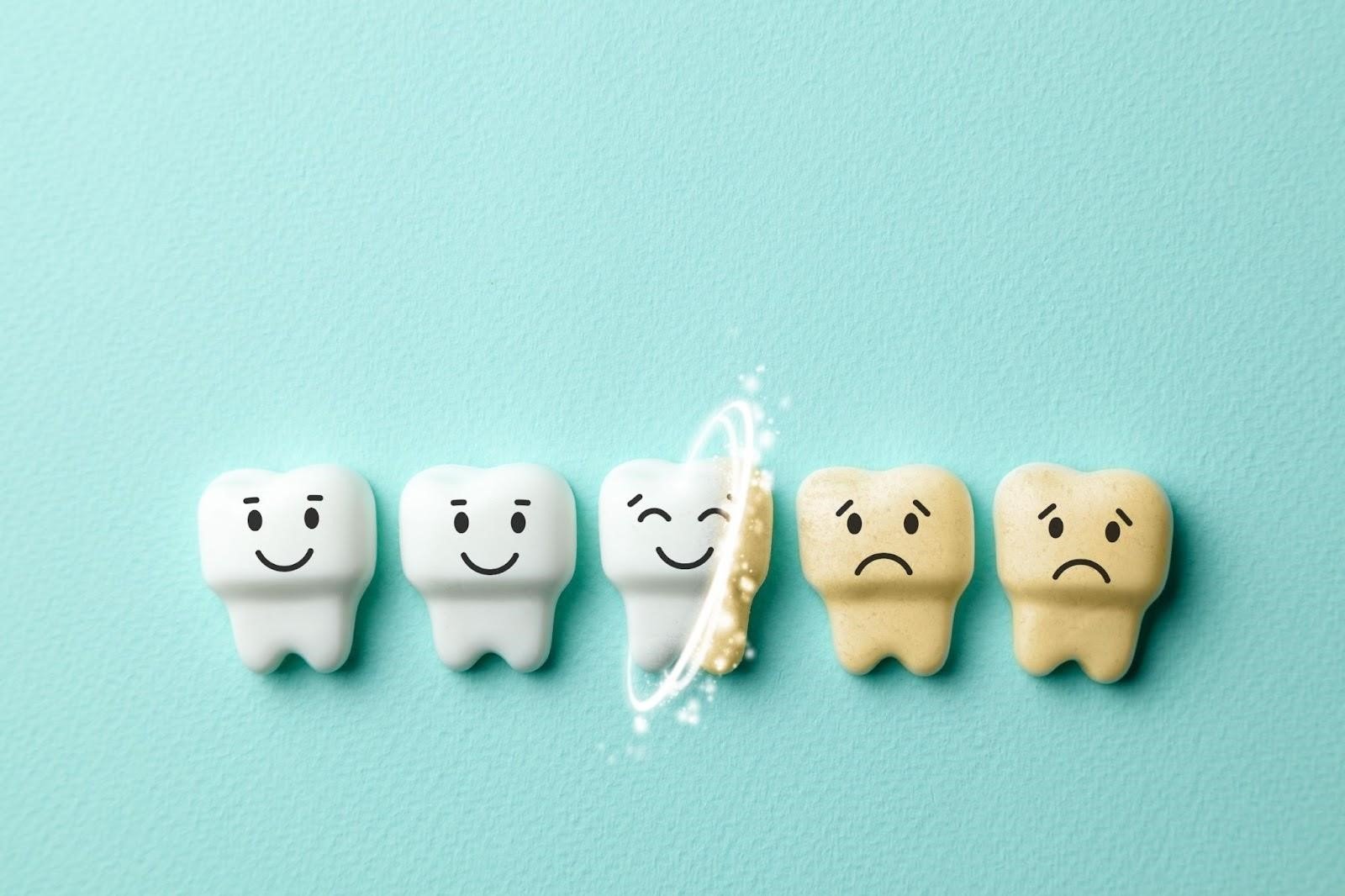Ever had that moment when you’re enjoying a Tim Tam, and suddenly you feel a twinge in your tooth? If you’ve experienced this, you might be dealing with a cavity. As common as kangaroos in the outback, tooth cavities affect people of all ages, from little ankle-biters to grandparents.
Let’s examine the different types of cavities and what you can do about them. No worries—we’ll keep this simple and straightforward!
The Different Types of Tooth Cavities
1. Surface Cavities: The Sneaky Starters
Think of surface cavities as uninvited house guests who’ve just started making themselves comfortable. These are the most common and, thankfully, the easiest to treat. They begin on the outer layer of your tooth (the enamel) and often show up in these spots:
The rough surfaces of your back teeth
Between teeth
Along your gum line
How to spot them: You might notice a white or dark spot on your tooth or feel a slight roughness when you run your tongue over it.
2. Pit and Fissure Cavities: The Deep Divers
Remember those mountains and valleys on your molars? Those deep grooves are called pits and fissures, and they’re perfect hiding spots for cavity-causing bacteria. These cavities are like those hidden swimming holes in the bush – they go deeper than you’d expect!
Warning signs:
Food getting stuck in your back teeth more often
Sensitivity when biting down
A sudden “ouch” moment when eating something sweet
3. Root Cavities: The Underground Troublemakers
Just like how wombats dig underground, root cavities develop below the gumline. They’re more common in older adults or people with receding gums. These cavities can be particularly tricky because they’re harder to spot.
The dental professionals at Smile Ville have seen countless cases of root cavities, and early detection is crucial. For more detailed information about cavity prevention and treatment options, visit smileville.com.au to book a check-up with their experienced team in Mill Park.
4. Interproximal Cavities: The Space Invaders
These sneaky cavities form between your teeth, in those tight spaces where your toothbrush might not reach effectively. Think of them as those nosy neighbours who love getting into everyone’s business!
How to prevent them:
Floss daily (yes, we know everyone says this, but it works!)
Use interdental brushes
Consider a water flosser for those hard-to-reach spots
5. Secondary Cavities: The Comeback Kids
Just like a boomerang, these cavities come back around! They form around existing fillings or other dental work. They’re proof that even fixed teeth need ongoing care and attention.
Signs You Might Have a Cavity
Let’s be fair, dinkum here – cavities don’t always hurt right away. Here are some signs to watch for:
Sensitivity to hot, cold, or sweet things
Visible holes or dark spots
Pain when biting down
A rough feeling when you run your tongue over your teeth
Food getting stuck in certain spots more than usual
Prevention Tips (Because Prevention is Better Than a Trip to the Dentist!)
Here’s how to keep those pesky cavities at bay:
1. The Basics Matter
Brush twice daily with fluoride toothpaste
Floss like you mean it
Rinse after sugary drinks or snacks
2. Watch Your Diet
Limit sugary treats (we know those Tim Tams are tempting!)
Drink plenty of water, especially after meals
Choose tooth-friendly snacks like cheese and crunchy veggies
3. Regular Check-ups
Visit your dentist every six months
Don’t wait until something hurts
Get professional cleanings to remove built-up plaque
Common Myths About Cavities
Let’s bust some popular myths about cavities that many Aussies still believe:
- “Only kids get cavities” Wrong! Adults can get cavities, too, especially as our gums recede with age.
- “If I can’t see it, it’s not there” Many cavities start in places you can’t see in the mirror.
- “Sugar-free drinks can’t cause cavities” Actually, the acids in these drinks can still damage your teeth.
- “If my teeth don’t hurt, they’re fine” Not quite right, mate! By the time a cavity hurts, it’s usually quite advanced. Regular check-ups can catch problems before they become painful.
- “Brushing harder means cleaner teeth” Easy there! Gentle, thorough brushing is much better than aggressive scrubbing, which can actually damage your enamel and gums.
When to See a Dentist
Don’t be a galah – if you notice any of these signs, it’s time to see a dentist:
- Any kind of tooth pain
- Visible holes or dark spots
- Sensitivity that doesn’t go away
- Rough patches on your teeth
- Gums that bleed easily
The Bottom Line
Like protecting yourself from the harsh Aussie sun, protecting your teeth from cavities is all about prevention and early detection. Different types of cavities need different approaches, but they all have one thing in common – the earlier you catch them, the easier they are to treat.
Remember, your smile is worth protecting! Regular dental check-ups with Smile Ville, good oral hygiene, and awareness of these different cavities will help keep your pearly whites healthy and strong. After all, you want to keep enjoying those Tim Tams without worry, right?
Keep smiling, mate! Your teeth will thank you for taking good care of them.
You may also like to read:
How Health Sharing Plans Have Improved Healthcare in the USA


2 thoughts on “Dental Tooth Cavities”